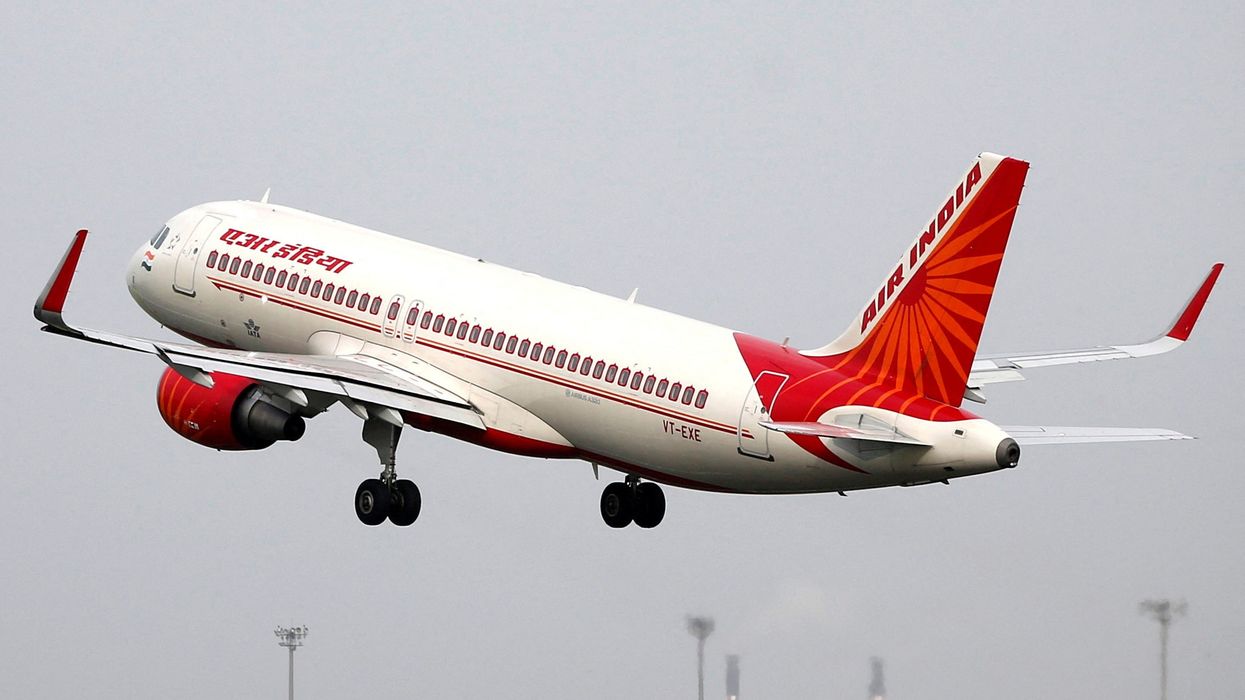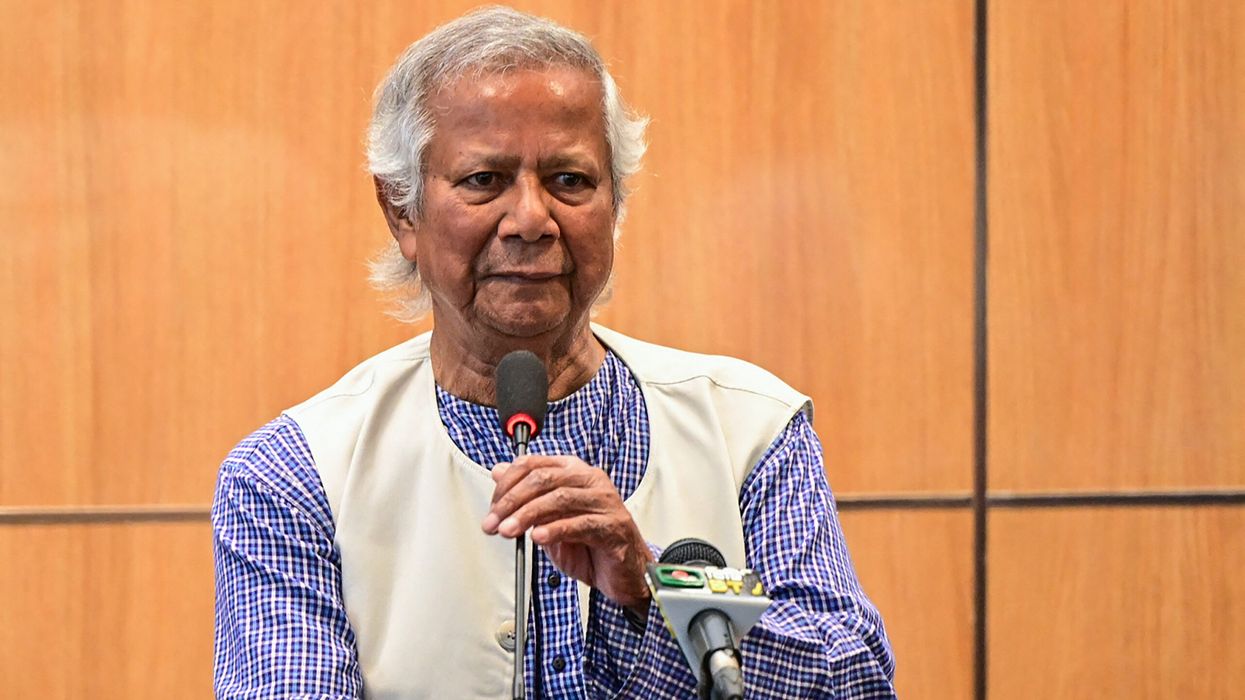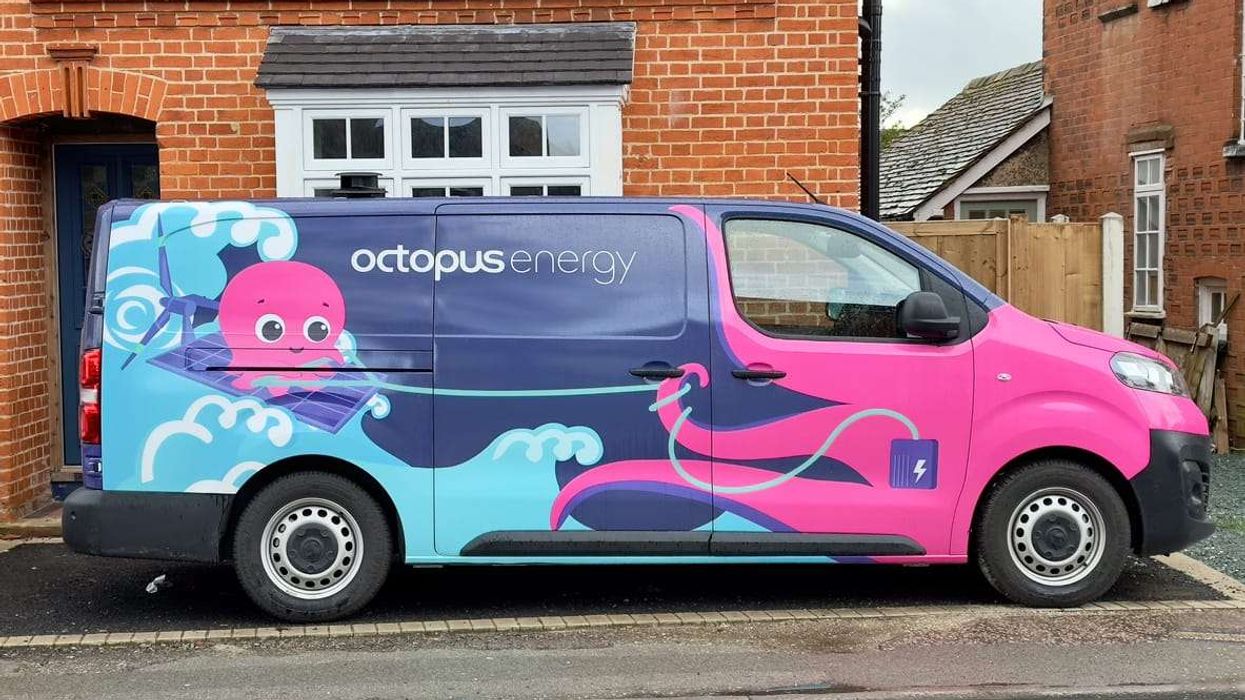INDIA's aviation regulator has warned Air India of possible enforcement action over lapses in fatigue management and training, according to government notices seen by Reuters.
The airline had self-reported the issues to the Directorate General of Civil Aviation (DGCA) last month. The disclosure came just days after an Air India Boeing 787 Dreamliner crashed in Ahmedabad, resulting in the deaths of 260 people.
Four DGCA notices dated July 23 outlined repeated failures in safety compliance by the airline. The notices follow previous warnings and stated that Air India could face penalties, including fines or removal of senior executives.
The latest notices detail 29 violations, including failure to provide mandatory rest to pilots, inadequate compliance with simulator training, lack of training for operating at a high-altitude airport, and deploying insufficient cabin crew on international flights.
"Despite repeated warning and enforcement action of non-compliance in the past, systemic issues related to compliance monitoring, crew planning, and training governance remain unresolved," one of the notices said.
"The recurrence of such violations suggests a failure to establish and enforce effective control mechanisms," it added.
Air India, in a statement, said the notices were based on voluntary disclosures made over the past year. It said it would respond to the regulator.
"We remain committed to the safety of our crew and passengers," the airline said.
The airline has faced growing scrutiny since the Ahmedabad crash, which has been described as the worst aviation disaster globally in a decade.
According to a preliminary investigation report, the aircraft’s fuel control switches were flipped almost simultaneously after takeoff, and there was confusion between the pilots. One pilot asked the other why he had cut off the fuel, and the response was that he hadn’t done so, the report said.
(With inputs from Reuters)












